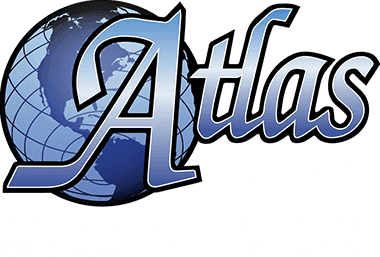Knowing when you need a dedicated circuit for appliances can be confusing. Here is some guidance on determining if you need one and what factors to consider. Dedicated circuits are essential for safety and preventing power overloads, so it’s best to be sure before investing.
1. The wattage rating of the appliance
The first thing you need to consider is the wattage rating of the appliance. This is usually listed on a label on the appliance. If you can’t find it there, you can look it up online or in the manual. Once you have the wattage, you need to multiply it by the number of hours you expect to use the appliance per day. This will give you the total watts used in a day.
For example, let’s say you have a coffee maker rated at 1000 watts. If you use it for one hour per day, that’s 1000 watt-hours (Wh) per day. If you use it for two hours per day, that’s 2000 Wh per day.
2. The amperage rating of the circuit
Next, you need to know the circuit’s amperage rating. This is usually listed on a label near the breaker box or on the breaker itself. It will be expressed in amps (A).
The reason you need to know the amperage rating is that you can’t have more than 80% of the rated load on a circuit. So, you need to leave some room for other things that might be plugged in, like lights.
People tend to underestimate how much power their appliances use. As a result, it’s always best to err on the side of caution and get a circuit with a higher amperage rating than you think you need.
3. The number of appliances on the circuit
Another factor to consider is the number of appliances plugged into the circuit. If you have a lot of appliances, you might need more than one dedicated circuit.
It’s not unthinkable to have a circuit for just one appliance, but it’s more common to have multiple appliances on a single circuit. For example, you might have a circuit for all the outlets in your kitchen.
4. The type of appliance
The type of appliance is also a factor to consider. Some appliances, like air conditioners and refrigerators, use more power when they’re first turned on. This is because they must work harder to get to their desired temperature.
As a result, it’s best to have a dedicated circuit for these types of appliances. That way, they don’t overload the circuit when they’re first turned on. Sometimes, you might even need a circuit for each appliance.
Other factors to consider
There are a few other factors to keep in mind when deciding whether to get a dedicated circuit for appliances.
First, you need to consider the age of your home. Older homes might not have the electrical capacity to handle all of today’s appliances. As a result, you might need to upgrade your electrical system before adding any new appliances.
Second, you need to consider the length of the circuit. The longer the circuit, the more voltage drop there will be. The voltage drop is the difference between the voltage at the beginning of the circuit and the voltage at the end of the circuit.
The longer the circuit, the higher the voltage drop. As a result, you might need a higher amperage rating for a long circuit than you would for a short circuit.
Finally, you need to consider the climate. If you live in an area with extreme temperatures, you might need a different type of circuit than you would in a temperate climate.
Those living in cold climates might need a circuit rated for low temperatures. Those living in hot climates might need a circuit rated for high temperatures.
Conclusion
When deciding whether to get a dedicated circuit for appliances, you need to consider the appliance’s wattage, the circuit’s amperage rating, the number of appliances that will be plugged into the circuit, and the type of appliance. You also need to consider your home’s age, the circuit’s length, and the climate. If you’re still unsure, consult your trusted electrician today!

